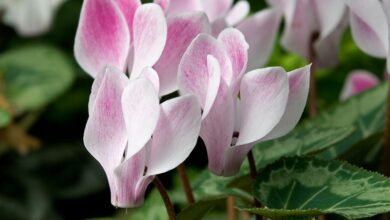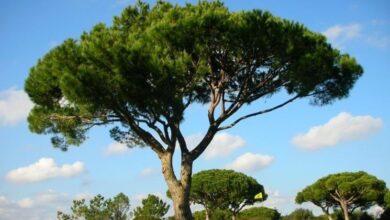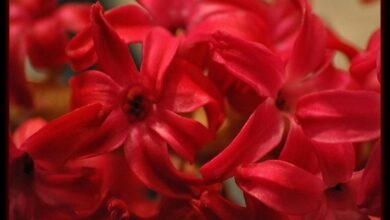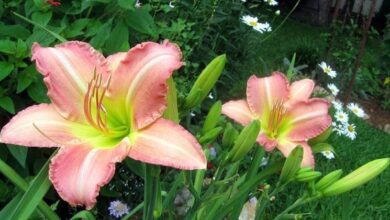Bonsai serissa
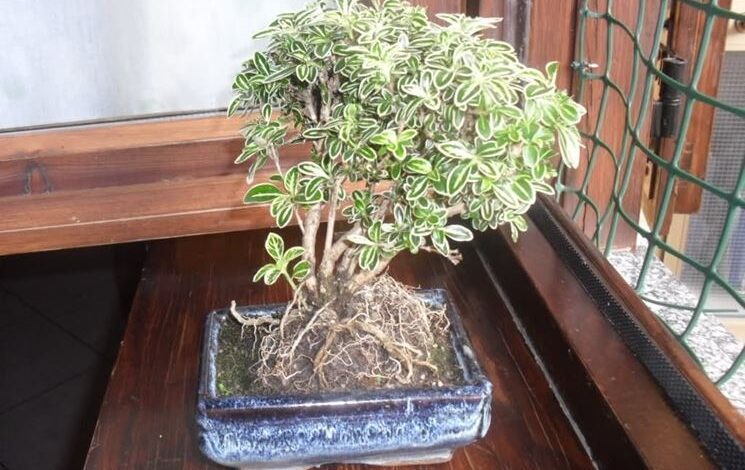
Variegated serissa bonsai
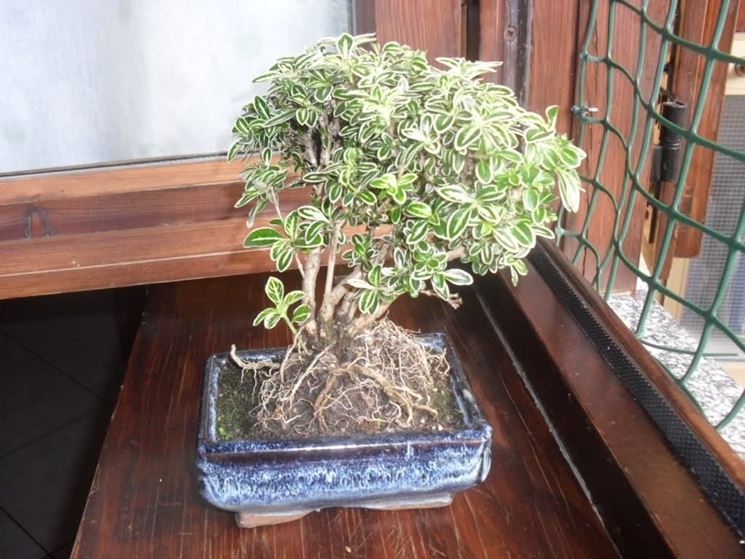
Bonsai serissa cultivation
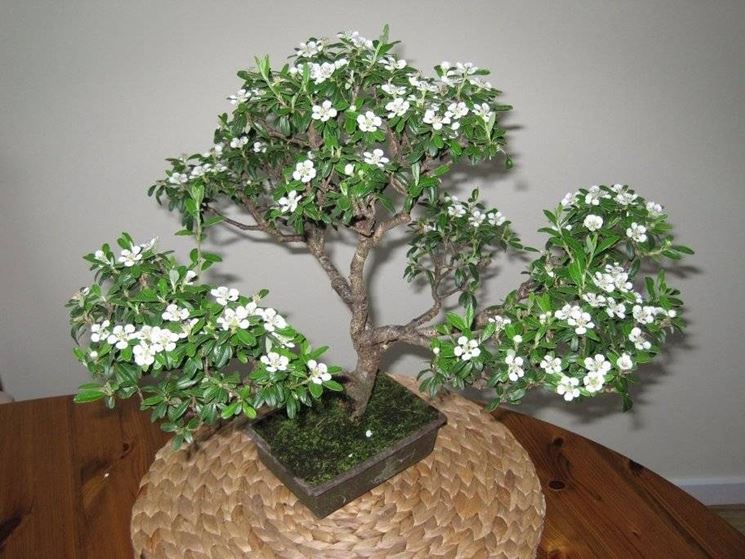
The cultivation of a serissa bonsairequires a lot of attention. First of all, we must know that this plant does not like to be moved frequently, especially if these movements involve sudden changes in temperature. So you should choose the best place and then always leave it there. The serissa needs to be in sunny areas, but not in direct contact with the sun’s rays; if you keep it indoors, in summer you can move it outside, as long as it is not too hot, even if in reality the serissa does not fear the heat, but the cold and temper them below ten degrees. Another fundamental operation to be carried out is pruning: it must be done in early spring to contain the foliage of our bonsai and give it the desired shape. During the rest of the year, with the exception of the flowering period,
Bonsai serissa cure
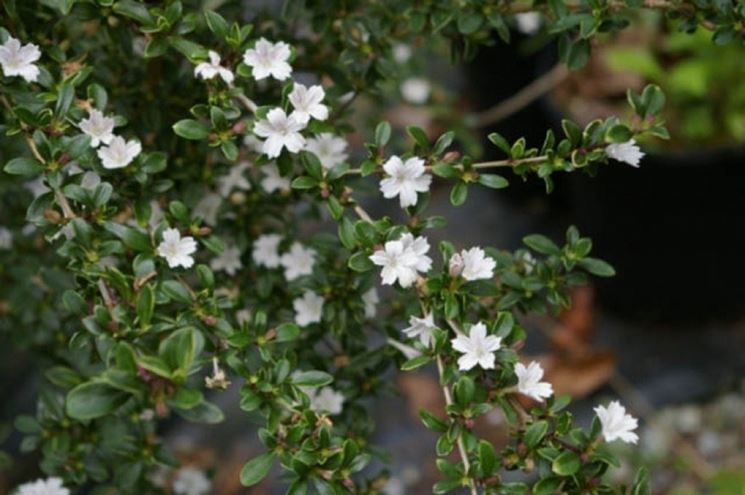
A serissa bonsai needs to be in a humid environment, therefore it is necessary to provide regular and abundant watering. The substrate must always be a little damp, but never soaked with water. Water stagnation, in fact, could damage the bonsai irreparably. To avoid this, just pay attention to the preparation of the soil: a good draining soil can be formed by combining peat with sand and clay. Alternatively, you can always use a layer of akadama, a draining material par excellence and suitable for bonsai. To maintain the right humidity of the plant, it is also advisable to vaporize the leaves every day; once a month it is then advisable to provide specific fertilizer mixed with irrigation water, but never overdo it because it is a very delicate plant.
Bonsai serissa curiosity
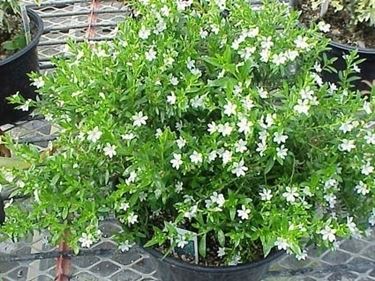
A normal shrubby serissa plant is very easy to propagate by cuttings, removing semi-woody portions of the specimen to be planted in a soil composed of sand and peat. In the case of a serissa bonsai, things are a little different, they are complicated operations. If you want another bonsai, it is better to buy another one. Like many other oriental shrub plants, serissa is also very resistant to attacks by parasites and diseases, it is very rare that it is affected. The only serious problem could be the leaves that tend to dry out easily. To avoid this danger, just spray them constantly and apply a specific product for this type of problem every two months. Another problem is fungal infections, which are common if you water the plant too much:

